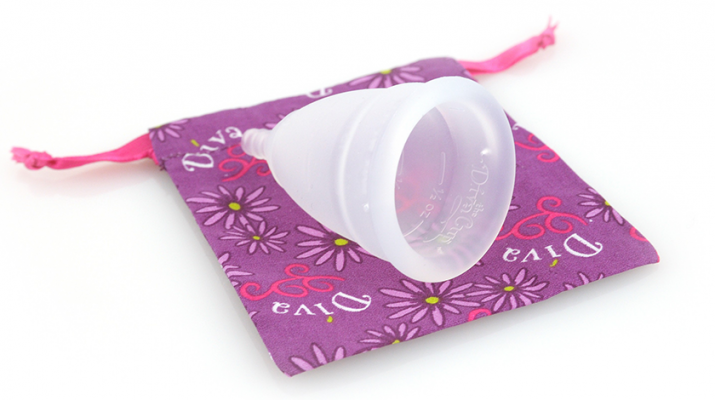Painful menstruation cycles? Experts suggest way to cope with the problem
By Deborah Jeanne Sergeant
Ten out of every 100 women experience menstrual pain that’s so intense that they cannot perform normal activities, according to the National Center for Biotechnology Information, U.S. in Bethesda, Md.
But women can take steps to make menstruation easier.
Knowing when it’s going to happen can help women plan ahead and stay prepared with products to deal with flow and cramps. The average cycle is 28 days long; however, it’s perfectly normal for a cycle to be as long as 36 days.
To help anticipate the next period, Clue, Eve, Pink Pad, Flo, Period Tracker and other apps (all on iOS and Android) remind users of when to expect their period, along with other helpful tips.
Laurel Sterling, natural health educator and a registered dietitian practicing in Canastota, said that quite a few supplements, herbs and foods may ease symptoms, listing red raspberry leaf tea, ground flax, fish oil, more B6 and magnesium.
“Take baths, use lavender and engage in stretching,” Sterling said. “Be gentle with yourself and relax as much as possible this time of the month. Decrease any inflammatory foods.”
Lisa Emmons, owner of Mother Earth Baby in North Syracuse and Oswego recommends Monthly Comfort tea to post-partum and menstruating customers.
“It has organic red raspberry leaf, nettle, alfalfa, ginger, cinnamon and herbs designed to be used during monthly cycle,” she said. “It’s soothing for the system and helps ease cramping.”
She added that menstruating women can use essential oils, such as ylang ylang, clary sage, bergamot, and lavender. Wild Bloom Botanicals is a great shop to buy herbal supplements and essential oils.
“You can apply or diffuse them,” Emmons said.
For women who want better means of dealing with flow, menstrual cups may provide an easy way to get long-lasting protection. Brands such as Luna Cup or Diva are made of medical-grade silicone. Users fold the cup in half length wise, insert, and let it go so it resumes its previous shape while it forms a seal that prevents leaks and odors.
The cup catches menstrual flow rather than absorbing it like tampons and pads. Many women can wear a cup up to 12 hours, depending upon her flow, without emptying it instead of changing a pad or tampon every few hours.
Cups are reusable and long-lasting, which saves both money and landfill space.
“A lot of folks are becoming more conscious of the environment find these a good choice,” Emmons said. “It’s convenient. Usually, women are pretty satisfied with them. I find that we’re selling more for the younger population — college age right now — and they’re really enjoying the ease of the product.”
Women using menstrual cups never “run out” of their period supplies and avoid the skin irritation that disposable pads can cause.
Cloth menstrual pads are also catching on. Emmons said that customers with chemical sensitivities favor the natural materials.
“There’s lots of stuff in the disposable ones that is irritating,” Emmmons said. “Many who turn to cloth find it’s more comfortable and definitely less waste. A pad is made of the same materials as a disposable diaper. You don’t have to continually go out and purchase them.
“There are definitely alternative products that are certainly healthier for you and the environment. Many say it’s so much more comfortable.”
Taking over-the-counter pain medication in advance of the period can lower inflammatory response.
Using heating pads or microwavable rice bags may ease pain.
While it may seem a good time to curl up on the sofa hugging a pillow, exercise may improve symptoms, since exercise releases endorphins, the body’s “feel good” hormone.
A little pampering is also appropriate. Websites such as www.mylola.com and www.theperiodstore.com provide mail-order subscriptions for products helpful during menstruation; however, The Period Store includes both utilitarian and luxury items to make this time of month a little easier.

